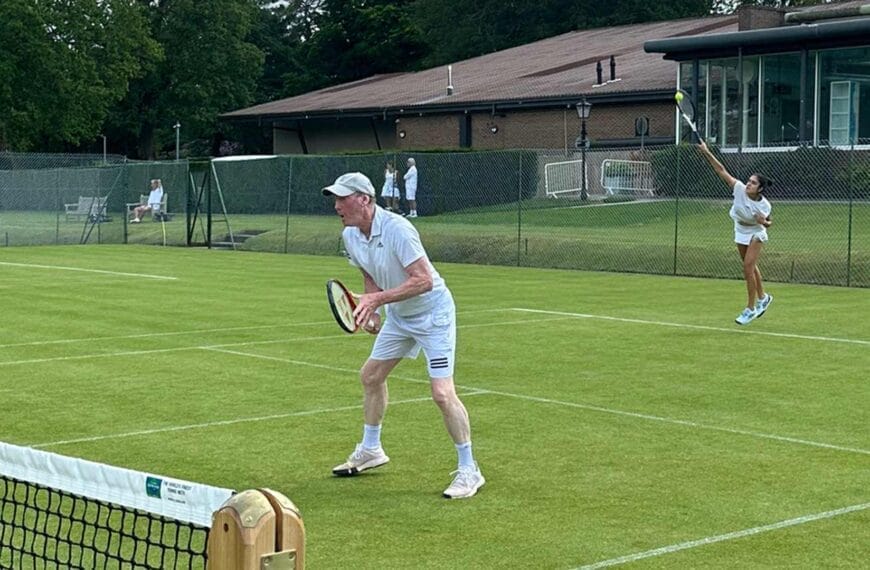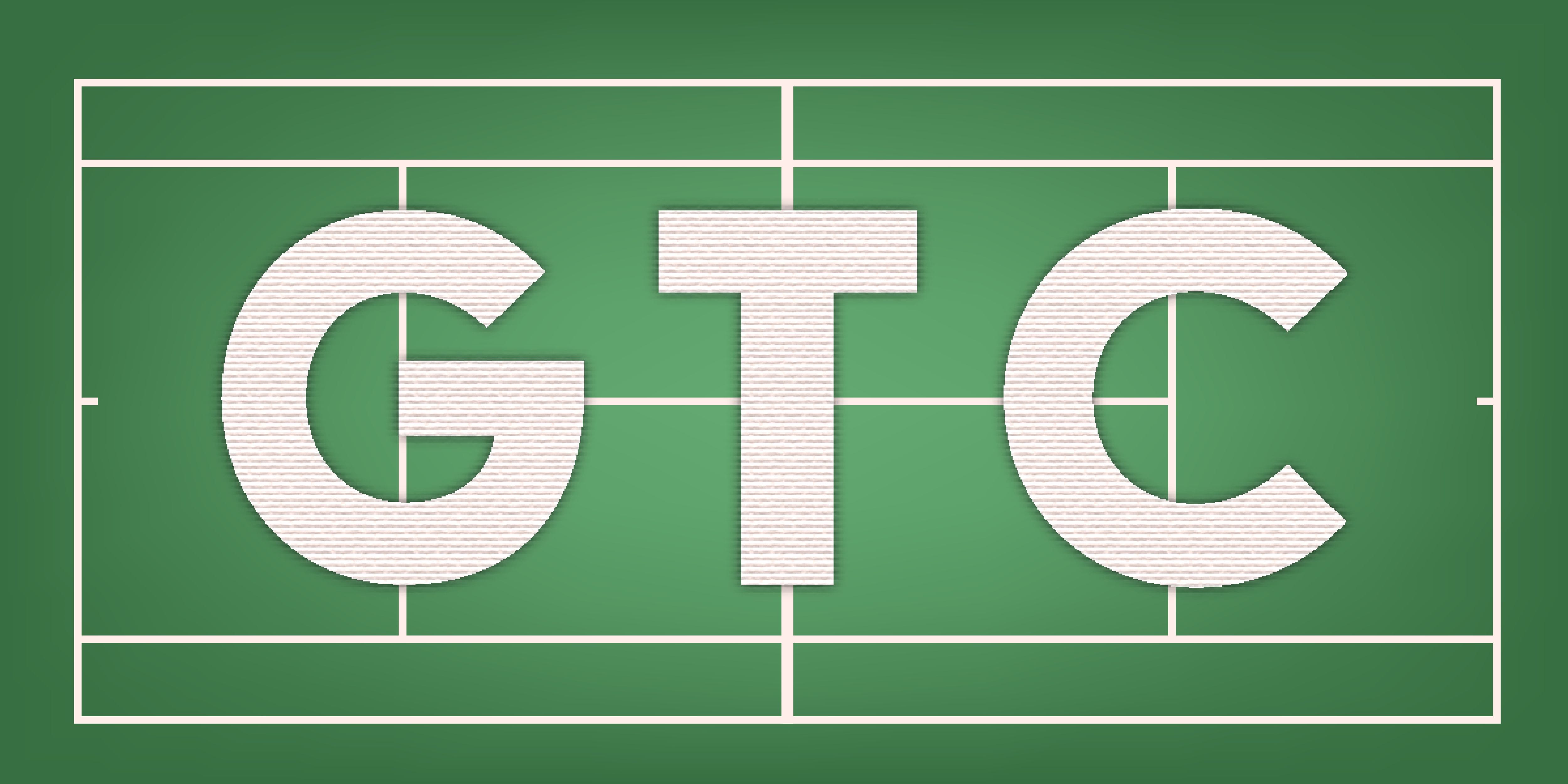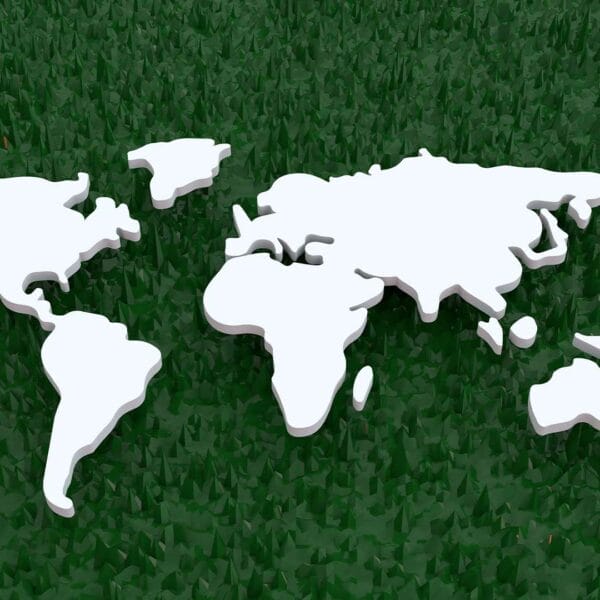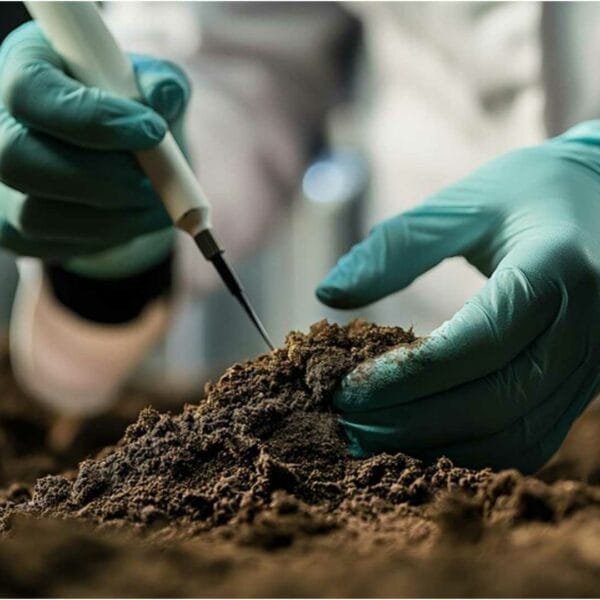Several factors influence ball bounce on a grass tennis court, including grass height, surface evenness, moisture content, and the type of grass used. Shorter grass provides a lower and faster bounce, while uneven surfaces can lead to inconsistent ball behaviour. Moisture plays a significant role, as a dry surface produces a firmer bounce, while a damp surface absorbs energy, reducing bounce height. The density and condition of the grass also impact the ball’s interaction with the court.
The Living Court: Deconstructing the Bounce on Natural Grass
For tennis players and fans alike, the grass court season represents the pinnacle of tradition, elegance, and raw, fast-paced action. Unlike the predictable, uniform nature of hard courts or the high-bouncing grind of clay, grass is a living, breathing surface. Its character can change not just from day to day, but from the first serve of a match to the final championship point. But what exactly makes the ball skid, dip, and fly in such a unique way? The magic of the grass court isn’t magic at all; it’s a delicate science. Several factors influence ball bounce on a grass tennis court, including grass height, surface evenness, moisture content, and the type of grass used. Shorter grass provides a lower and faster bounce, while uneven surfaces can lead to inconsistent ball behaviour. Moisture plays a significant role, as a dry surface produces a firmer bounce, while a damp surface absorbs energy, reducing bounce height. The density and condition of the grass also impact the ball’s interaction with the court.
In this deep dive, we’ll explore the hidden complexities of our beautiful courts and reveal how each of these elements contributes to the unique challenge and reward of playing on grass.
The Anatomy of a Grass Court: More Than Just a Lawn 🌿
Before we can understand the bounce, we must first appreciate the surface itself. A professional-grade tennis court is an incredible feat of horticultural engineering, far more complex than a simple backyard lawn. It’s a meticulously constructed ecosystem designed for durability, drainage, and performance.
The foundation of the court consists of several layers. At the very bottom, there’s a drainage layer of gravel or pipes, essential for preventing waterlogging after rain. Above that sits a layer of coarse soil or sand, followed by the crucial top layer of heavy, stone-free loam. This loam is a specific mixture of clay, silt, and sand that is heavily compacted by a roller to create a firm, dense base. It’s this rock-hard foundation that provides the underlying firmness for the ball to bounce off.
The grass you see on top is just the final piece of the puzzle. This entire system works in harmony to create the playing surface. Unlike concrete or synthetic materials, every component—from the drainage to the soil density—is alive and subject to change. You can learn more about how we maintain this delicate balance on our Court Maintenance page.
Grass Height: The 8-Millimetre Difference Between Fast and Furious 💨
When players talk about the speed of a grass court, the first thing they are often reacting to is the height of the grass. It is the single most significant factor in determining how the ball behaves upon impact. Here at our club, as at championship venues like Wimbledon, the grass is mowed to a precise height of exactly 8 millimetres during the playing season.
Why this specific height? It’s the perfect balance.
- The Skid Effect: At 8mm, the blades of grass are short and stiff. When a tennis ball, traveling at over 100 mph, hits the surface, the grass blades don’t have enough length to cushion the impact. Instead, they act like a smooth carpet, allowing the ball to skid across the top of them. This minimizes vertical bounce and preserves the ball’s horizontal velocity, resulting in a low, fast trajectory that hurries opponents. This style of play rewards aggressive, forward-moving tactics, which you can read about in our guide on How to Master Grass Court Strategy.
- The Cushioning Effect: If the grass were allowed to grow to, say, 10 or 12mm, the longer, more flexible blades would bend and wrap around the ball upon impact. This would create more friction and absorb a significant amount of the ball’s energy, causing it to slow down and bounce higher. The game would instantly become slower, more closely resembling a medium-paced hard court.
The daily ritual of mowing is therefore not just about aesthetics; it is a fundamental aspect of controlling the court’s pace and ensuring a consistent challenge for our members.
Moisture Content: The Weather’s Winning Shot 💧
If grass height sets the baseline for speed, moisture content is the variable that fine-tunes it daily. Water is the lifeblood of the court, but its presence dramatically alters the bounce.
On a hot, dry, sunny day, a grass court plays at its absolute fastest. The soil beneath is baked hard, and the grass blades are stiff and dry. This creates a firm, almost solid surface that returns the maximum amount of energy to the ball, producing a crisp, low, and rapid bounce. Players will find the ball zipping through the court, rewarding flat, powerful shots.
Conversely, on a cool, humid day or after a light shower, the court’s personality transforms.
- Energy Absorption: Moisture softens the soil and lubricates the grass blades. A damp surface absorbs more of the ball’s impact energy, much like dropping a ball on a soft mattress versus a tiled floor. This results in a noticeably lower and slower bounce.
- Increased Skid: The dampness on the blades can also cause the ball to “check up” or skid even more pronouncedly, leading to unpredictable bounces that can wrong-foot a player. The ball stays very low but doesn’t fly through the court with the same pace.
This is why players constantly check the forecast. A match scheduled for a dry afternoon might demand a different tactical approach than one played on a dewy morning. Keeping an eye on the weather is key, and you can always check our Weather Affects Performance before you play.
The Grass Itself: Choosing the Perfect Blade 🧬
Not all grass is created equal. The specific species of grass used is vital for creating a durable and consistent playing surface. For decades, courts were a mix of various fescues and bents. However, modern grass courts, including ours and those at the All England Club, have transitioned to using 100% Perennial Ryegrass.
This change, pioneered by the Sports Turf Research Institute, was a game-changer. Perennial Ryegrass was chosen for several key characteristics:
- Durability and Wear Tolerance: It is incredibly tough and can withstand the constant pounding of players’ feet and ball impacts. It grows in dense tufts, helping it resist being torn up.
- Upright Growth: Its vertical growth habit ensures a more uniform surface, contributing to a more predictable bounce compared to older, creeping grass varieties.
- Rapid Germination: It grows back quickly, which is essential for repairing worn areas, especially the baseline, overnight during tournaments.
This shift to a hardier grass has actually made modern grass courts slightly slower and the bounce higher than the courts of the 20th century, which were notorious for bad bounces. For more on the science of sports turf, the Grounds Management Association is an excellent external resource.
The Unpredictable Element: Wear, Tear, and the Evolving Court 🏃♂️
Finally, the most unique aspect of a grass court is that it evolves. A hard court is the same on day one as it is on day fourteen. A grass court is a different beast entirely.
The most dramatic changes occur around the baselines and service boxes, where players do most of their running, stopping, and starting. Over the course of a long match or a tournament, the grass in these high-traffic areas gets worn away, exposing the hard-packed loam beneath.
This creates a fascinating tactical dilemma.
- The Worn Baseline: A bounce on the worn-down baseline will behave more like a hard court bounce—it will be faster and higher than a bounce in the middle of the court. However, the edges of these worn patches can create unpredictable “fliers” or “shooters.”
- The Lush Centre: The middle of the court, particularly around the net, sees far less traffic and remains lush and green. Here, the bounce remains lower, faster, and more typical of a pristine grass court.
Top players learn to read the court’s wear patterns. They anticipate a different bounce in different areas and adjust their shots and movement accordingly. This “living” quality is something you can only experience firsthand.
Conclusion: Mastering the Living Surface
Understanding the bounce on a grass court is to understand the soul of tennis itself. It’s a complex interplay between meticulous groundskeeping and the raw elements of nature. The 8mm blade height, the firmness of the soil, the day’s humidity, the resilience of the ryegrass, and the scars of previous battles all combine to create a unique and exhilarating challenge.
It demands adaptation, soft hands, and an aggressive mindset. There is no greater feeling for a tennis player than gliding across a perfectly manicured lawn on a summer’s day. We invite you to come and experience it for yourself.











